Yoga techniques for everyday use

If we look closely at the activity of any human being, we will find that absolutely all the processes present in our life have dynamics character. Everything we do has either an increasing or a decreasing pattern. Nothing stands still. Yoga is no exception in this regard. Having discovered yoga once, after some time a beginner either stops group classes, or on the opposite, gets more and more heated, starting to look for additional techniques for individual performance (which is generally correct). In this article I propose to this category of practitioners to consider some effective yoga tools that could be integrated into their daily life.
It may come as a surprise to some, but the first place to start is with the morals and ethics which are, according to Patanjali’s Yoga Sutras, the foundation of the practice. Doing no harm (Ahimsa), truthfulness (Satya), not stealing (Asteya), controlling feelings and emotions (Brahmacharya) and not coveting (Aparigraha) will be the first step of yoga, the Yama that will keep you from hurting people around you. Holding purity of body and mind (Shaucha), contentment in everything (Santosha), practicing hard (Tapas), constant deepening of knowledge (Swadhya) and devotion to the Supreme (Ishvara Pranidhana), i.e. the second stage, Niyama, will keep you in the right frame of mind in relation to yourself. Following Yama and Niyama forms a strong inner core that will allow you to consistently move on the path of development without forming negative karma, i.e. the consequences of incorrect behavior that will somehow block your evolution. Try to constantly manifest the above qualities in your daily life, analyzing your victories and defeats (it is possible to use a personal daybook). In fact, the mastery of each of these points will indicate your level of development.
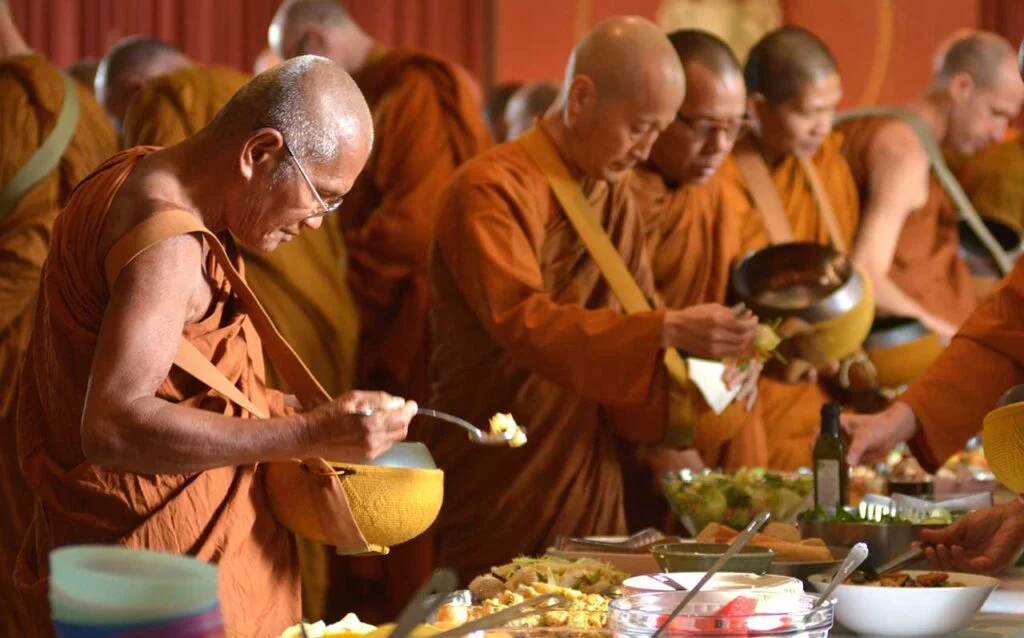
Due to the fact that food directly affects the performance of the mind, nutrition in the yogic tradition is an integral part of the practice. Yogis divide all foods into three categories (gunas) that define the qualities of influence on human behavior, namely: goodness (Sattva), passion/dynamism (Rajas), and ignorance/staticity (Tamas). Based on these principles, a personal diet should be customized according to the specific needs of the current moment of life ( because needs may change from time to time). For those, for example, who lead a quiet, contemplative life (hermits, monks, or if you are on retreat), a 100% sattvic diet would be ideal. Someone who wants to achieve a meditative state of mind, but who lives in modern society, works and is a homemaker, can add a small amount of rajasic food to the sattvic diet. Those who practice powerful, sexual energy-transforming disciplines such as Kundalini Yoga or martial arts, however, are recommended a combined diet of both sattvic and rajasic foods. Tamasic foods should be avoided by all, as they carry the regressive qualities of inertia and decay, provoking laziness, gluttony, and indulging one’s weaknesses.
Once you have decided on your diet and established the processes of its application (by finding recipes, changing habits, agreeing with loved ones), it is recommended to think about regular detoxing of the digestive system. This means 36-hour fasting, which should be practiced from two to four times a month. In Vedic culture there are special days for this purpose called Ekadashi. Ekadashi is the 11th day (Sanskrit eka – one, dasha – ten) after a full or new moon, when the Moon is closest to the Earth, exerting the greatest gravitational influence on its waters. And since a human being is mostly made up of water, this influence also applies to his physical and mental states. Therefore, the organism in these days is experiencing increased stress, and weak and willless person can succumb to passions, causing harm to himself and others. In this connection, it is necessary to avoid food during Ekadash and turn your attention to the inner world, devoting time to spiritual practices.
From the physiological point of view, as a result of short-term fasting, the body performs an effective cleaning, getting rid of accumulated garbage. The essence of this procedure is that after some time after avoiding food (and water if possible), the body switches to internal nutrition, producing energy by burning the accumulated “garbage” (toxins, slags, including pathogenic bacteria, diseased and old tissues, fat). As a result, cells get rid of unnecessary elements and the body as a whole gets rid of unnecessary cells. Despite the fact that the practice of therapeutic fasting has been used since ancient times, the grandiose recognition of its benefits has occurred only recently, in 2016, marked by the awarding of the Nobel Prize for it to the Japanese biologist Yoshinori Osumi.
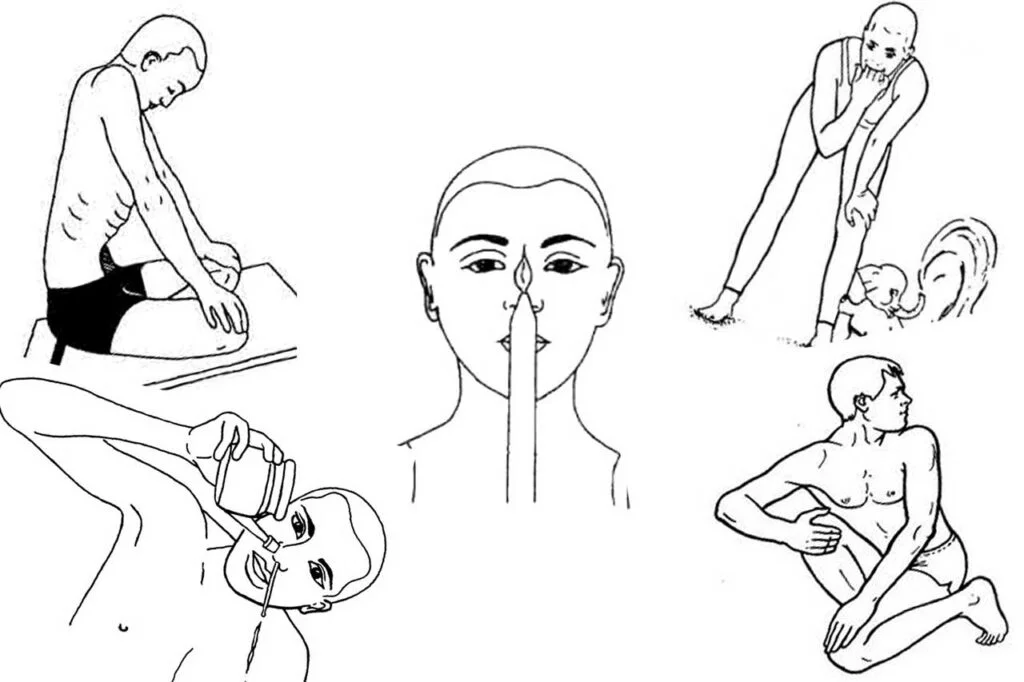
However, purification of the body, in yoga, is not limited to fasting alone. A fundamental source called Hatha Yoga Pradipika describes a whole list of effective cleansing techniques (shatkarmas) that affect practically all internal systems of our body. For example, jala nati, or the well-known warm salt water nasal rinse, is used to increase resistance to various diseases of the ears, eyes and throat. Moreover, neti promotes balance between the left and right nostrils, and respectively between the left and right hemispheres of the brain. This creates harmony and balance throughout the central nervous system and in the control systems for the functions of breathing, circulation, digestion and excretion. Trataka, or close observation of the candle flame, is not only beneficial for the eyes, but also has a healing effect on depression, insomnia, allergies and anxiety. Its most important effect is on the development of unidirectional concentration of the mind, i.e. it helps to achieve one of the main goals of yoga (yoga chitta vritti nirodha). Kunjal kriya is the introduction and removal of salt water into and out of the stomach (through the mouth), while shankha prakshalana flushes the entire length of the gastrointestinal tract (water is introduced through the mouth and removed through the anus), removing excess and old bile, mucus, fecal stones and toxins, restoring the natural balance of body chemicals. Abdominal massage, or Nauli, is also effective on the digestive organs
In addition to physiological purification, mental purity is essential, for a more advanced version of “you are what you eat” would be “you are what you think”. During the practice of yoga, we consistently make an effort to quiet the mind (dharana), focus on a positive idea (dhyana) and completely merge with the object of concentration (samadhi). It would be completely inefficient to spend a couple hours a day (or even a week) on quieting the mind and then work backwards the rest of the time. So the care with which you treat your food preparation (food quality and portion size) should also apply to the information you consume. Information that lowers your consciousness to the lower centers (animal instincts, negative emotions and selfish motivations) and “ disturbs” the psyche (movies, TV shows, music, yellow (and not only) press, social networks, etc.) should be excluded or limited as much as possible, replacing it with that which, on the contrary, elevates you and motivates you to spiritual development (musical performance of mantras; spiritual literature; lectures of teachers and their Internet accounts).

However, even if you have managed to filter your information field as effectively as possible, everyday communication in society will still take a lot of energy. After all, during conversation there is a powerful energy exchange with the other person(s), and a lot of energy (thoughts, emotions, speech) is spent on the conversation itself. There is no need to talk about visiting noisy mass events of entertainment character – the feeling of emptiness can be felt literally physically the next day. Therefore, just as we give the digestive system a rest during fasting, it is periodically necessary to rest mentally, having refused for some time from idle communication in favor of silence and meditation. In yoga it is called Antar Mauna – the practice of conscious refusal from physical and mental conversation (Sanskrit antar – inside; mauna – silence), which will allow you not only to replenish the spent energy, but also to learn to face fears and complexes deep inside, to release negative emotions, to help you understand your true desires and get closer to the realization of your higher “I”.
The more you immerse yourself in the world of yoga, the more important is the question of personal practice, i.e. Sadhana. The main goal of the beginning level Sadhana is to develop self-discipline. Therefore, the first thing you need to focus your efforts on is the formation of positive habits, which will gradually become a way of life. The first habit that I recommend for implementation is Ishnan, that is, pouring cold water [in the morning]. This is an extremely useful procedure that, on the one hand, perfectly quenches willpower, and on the other hand, revitalizes and rejuvenates the body physiologically. During cold water dousing there is a strong outflow of blood from the organs to the skin and back, which abundantly washes the internal organs with blood and leads to a rapid change in the secretion of endocrine glands. And when the glands work in a balanced way, the blood has the correct biochemical composition, just like in youth. After a cold shower you will be awake and full of energy for the morning practice.

Accordingly, the second habit I recommend to consistently integrate into your schedule is a short, but daily morning practice. In yoga it is believed that practicing in the morning, before sunrise (the optimal time is 5-6 am), is especially beneficial because at this time the sun is at the most favorable angle to the earth for meditation (i.e. your biorhythms promote concentration), the space is saturated with prana (life energy), and the environment around you (the city, most likely) is calm and not filled with the daily hustle and bustle (everyone is asleep), which has a beneficial effect on your condition. Choose a technique that you can practice regularly for at least 15 minutes. It can be, for example, concentration on breathing (Apanasati) or some popular pranayama – Nadi-Shodhana (calming and clearing energy channels). If you are enthusiastic and have enough experience in yoga practice, as well as time and opportunity, you can do some Hatha or Kundalini yoga exercises.
And the third positive habit that will help you develop your Sadhana effectively is the Om mantra as an evening practice (108, 54 or 27 times). This is a fundamental mantra in yoga, described in many primary sources, which will calm the mind (after an active day), balance the elements (doshas) and prepare you perfectly for sleep. You should go to bed at 21-22:00, as in this case you will capture the most effective hours for sleep.

While at first glance it may seem extremely difficult to follow all the above instructions (early rising, ice showers, morals and ethics, cleansing “ executions”, information “censorship”, daily practices, etc.), I can confidently say that it is a matter of habit and your spiritual evolution. Just as you came to your current lifestyle gradually, moving in a new direction should also be gradual. There is no need to indulge your ego by trying to change everything dramatically overnight. Most often this fuse quickly ends – brightly flashed and quickly extinguished. Set yourself real tasks, move systematically towards their fulfillment and, most importantly, practice. Over time, practice will raise your energy level and your mindset will change, and your new habits will turn into a new way of life. Then, looking back, you will not even believe that you once lived differently.
P.S. Since all the yoga techniques and cleansing methods mentioned in this article were taken from reputable sources and practiced by me personally, I can safely recommend their use. However, it should be understood that, firstly, each technique has its own contraindications, and secondly, there are detailed instructions on how to perform it (which we will not be able to consider in this article). Therefore, in any case, you cannot do without the advice of a specialist (a doctor, for example).

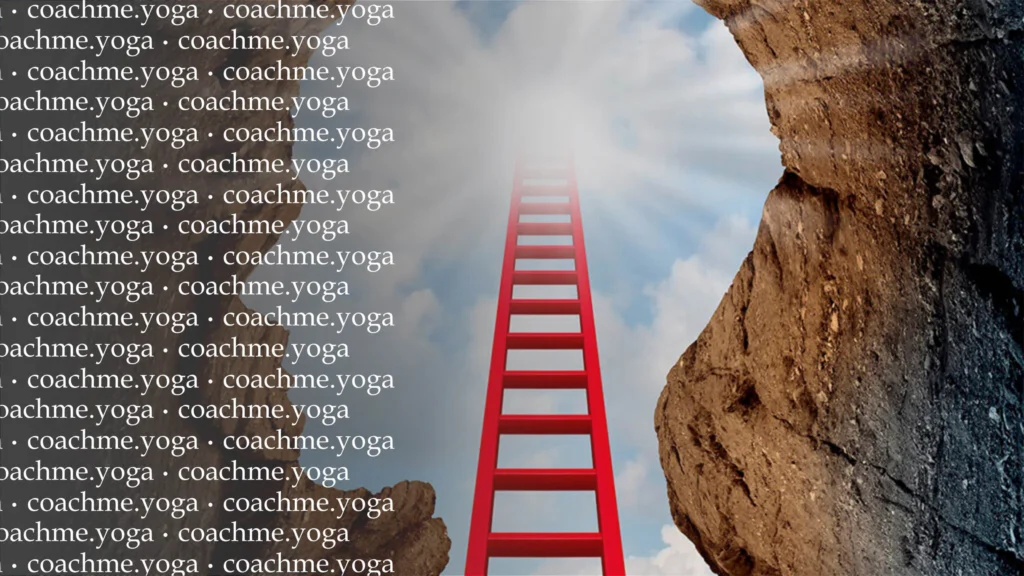
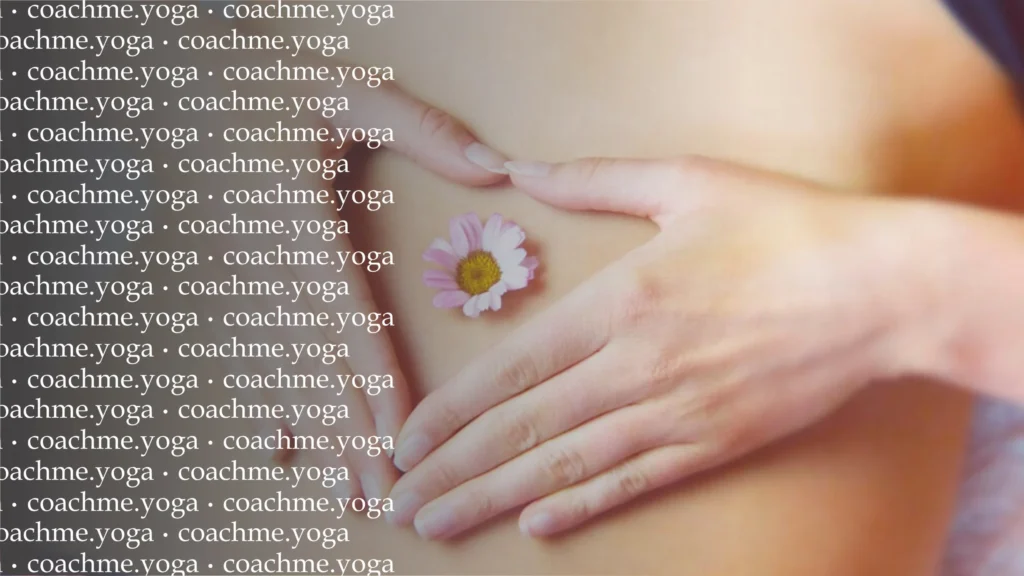


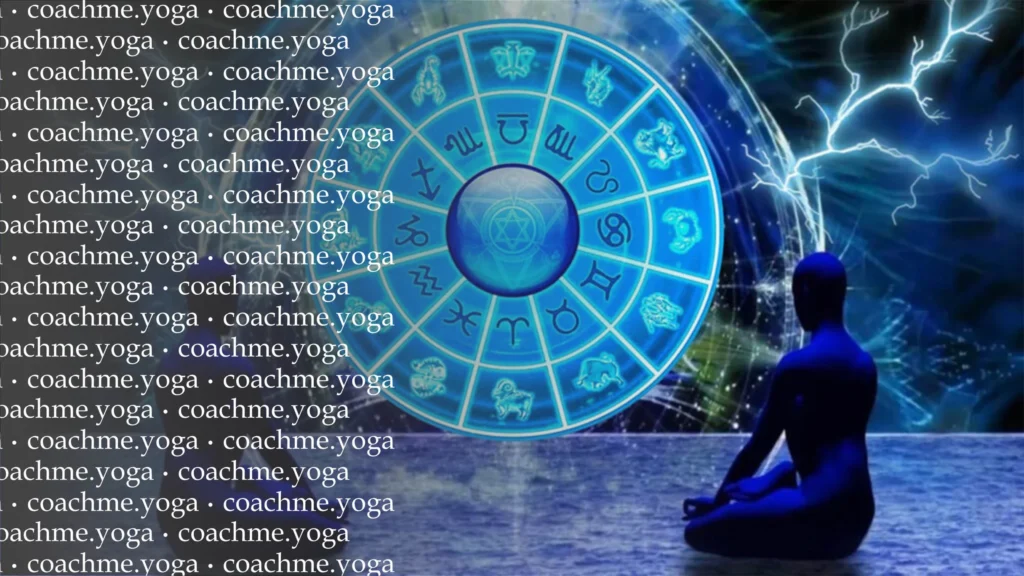
Responses